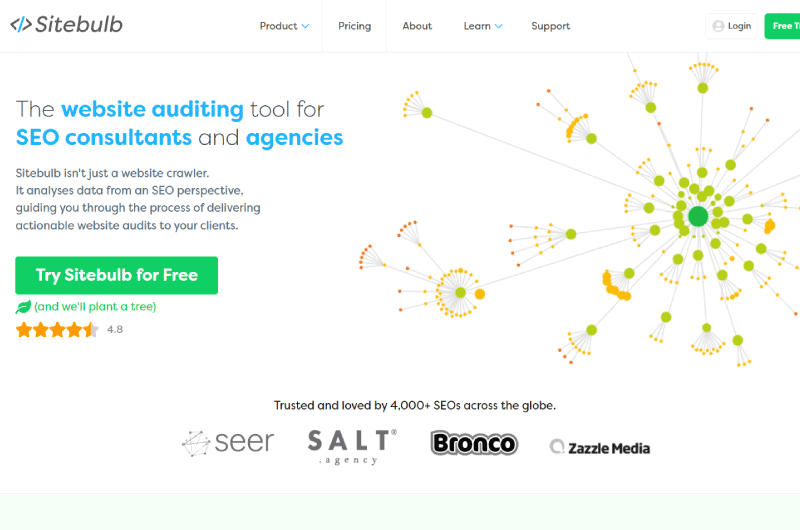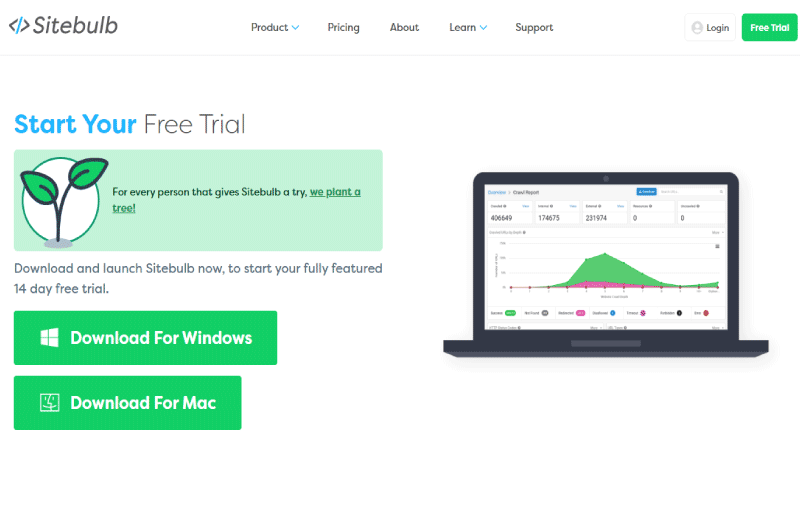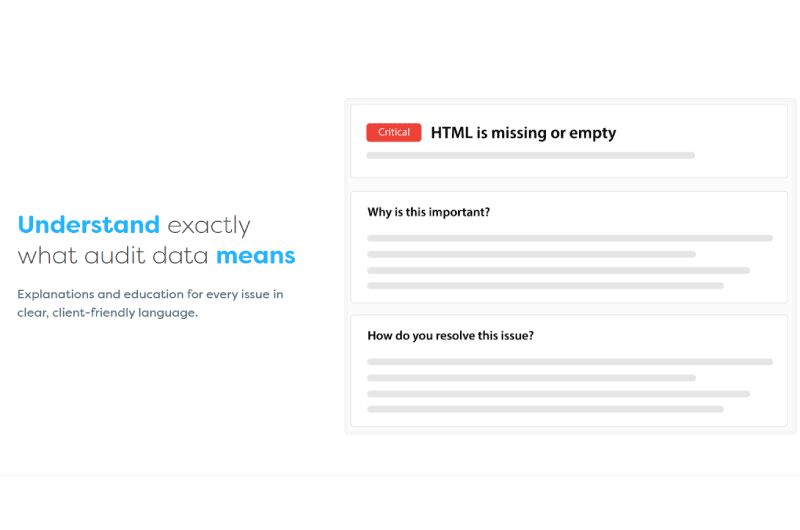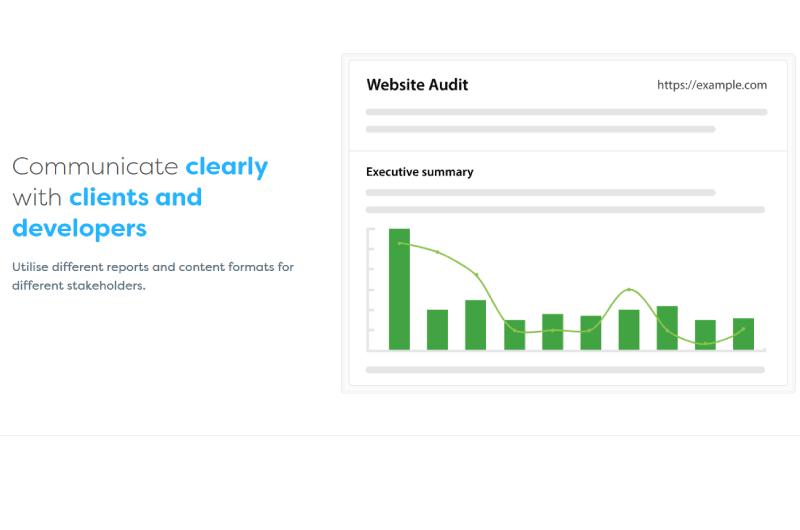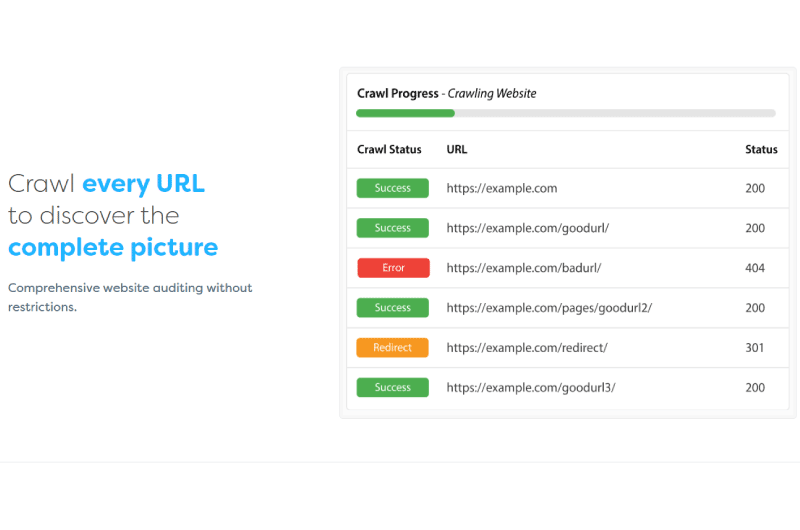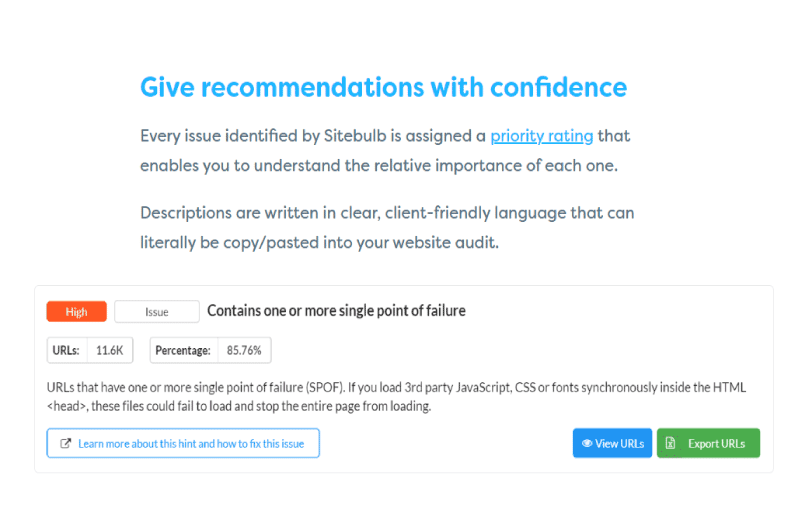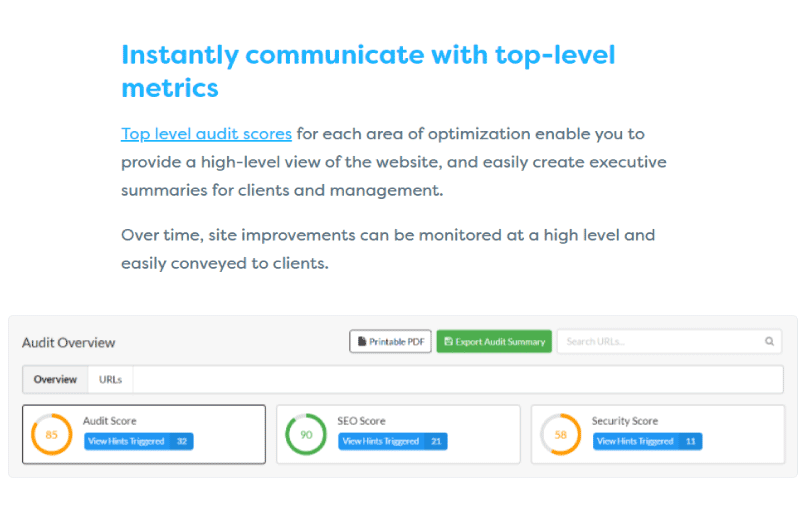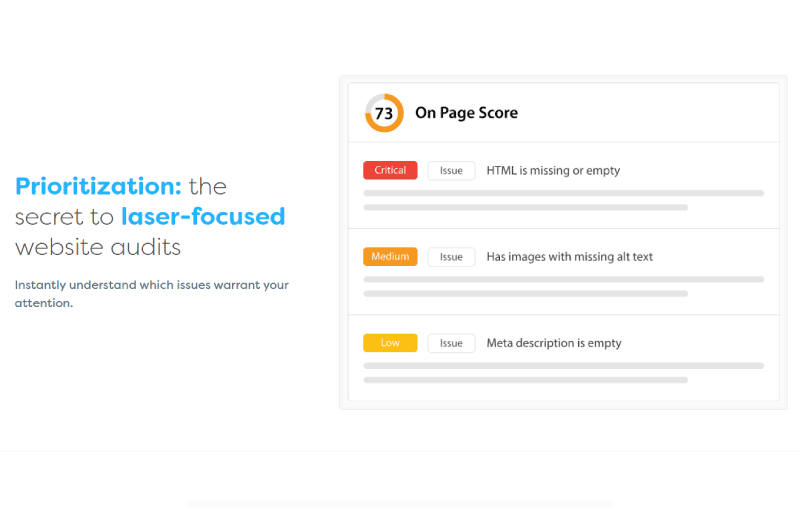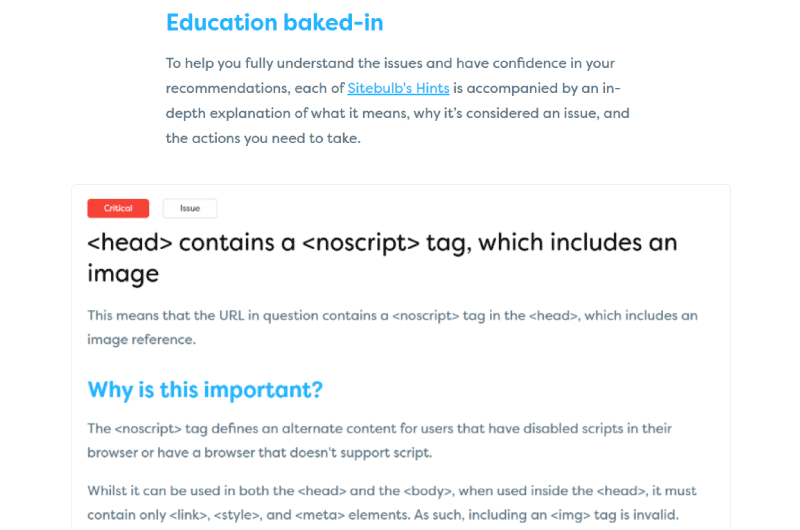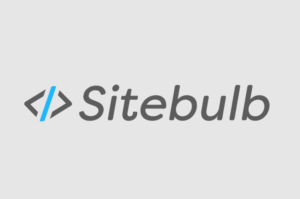Short description : Crawler
Sitebulb is a crawler that can crawl your entire website to provide actionable insights and help you improve ranking positions and organic traffic. It’s desktop software for crawling websites, which means it’s a standalone application that you run on your computer.
Long Description : Crawler
Description Sitebulb
Being in constant evolution, the Google algorithm is based on more and more factors to rank a website. This means that despite your efforts to reference your website, you may not be able to meet all the required criteria. To be sure of being in good standing, you must therefore regularly audit your website in order to correct the imbalances that can hinder your ranking. For this, Sitebulb is a powerful exploration tool to check the best practices on a website relevant to Google SEO. Find out in this description how the tool can be useful.What is Sitebulb ?
Sitebulb is not just a simple website crawler, it runs powerful audits that analyze your website and provide data from an SEO perspective. Not only does the tool guide you through the audit process, but it can detect over 300 issues with your website with just a few clicks. Each index and priority are explained in the audit report followed by some additional advice. While there are a number of crawler tools, Sitebulb stands out for its sleek dashboard and highly actionable insights. Sitebulb mainly aims to illustrate how your website is crawled and tells you how search engines perceive it. Sitebulb therefore helps to ensure that search engines crawl and index content correctly and regularly. ‘s Sitebulb helps you develop an overview of how easily you can make your website more crawlable and indexable.How to use Sitebulb ?
Using Sitebulb may seem a bit complex, but we’ll show you how to do it in a few steps.Adding a new project
Like any tool, the preliminary step to using Sitebulb is registration. This is done very quickly in the downloaded application without any complications. Once on your app’s dashboard, you need to add a new project for the site you are going to audit. To set up your project, you need to fill out a form that will ask you to give your project a name, enter your website url and define the type of audit you want to run. Sitebulb will quickly analyze your site’s configuration before letting you set up the audit.Configure audit settings
Here, the first thing to do is to choose the type of audit that the tool will help to perform. You can choose HTML Crawler or Chrome Crawler. The only difference is that HTML Crawler can run your site audit faster, but without a JavaScript runtime. In contrast, Chrome Crawler will do it much slower and with JavaScript execution. Choose Chrome Crawler to analyze the rendering of the site to run JavaScript and to see if it is fully accessible to search engine crawlers. Then choose additional data types to analyze as part of the audit. At this point, make sure to choose Pagespeed, Mobile Friendly and Front-end to analyze website speed. If your site uses AMP, also check AMP without forgetting the multilingual box to analyze hreflang tags if you are concerned. Check Google Analytics and Google Search Console if you want to match audit results to data from those tools. Under the ”Extraction” section, make sure to check ”Structured data” to analyze and validate the structured data on your site. Next you need to select the URL sources to audit, make sure to check Crawl website and XML Sitemaps to also audit your XML sitemap. You can also access advanced settings to adjust many different and advanced SEO settings for your audit.Run the exploration
Once the configuration is complete, you can start the audit which displays a report to you in a few seconds. ‘s website Twaino is running. This can take quite a long time depending on the size of the site and the number of resources your website has.Get Audit Result
Here’s how your audit report can break down:- Indexing Information
- Robots.txt;
- <head> tag;
- And . HTTP header
- Performance Reports
- Internal URLs
- Site Links
- On Page
- Page Resources
- Search Traffic
- AMP
- XML
Videos : Crawler
Images : Crawler
Company : Crawler
Sitebulb is an SEO platform created in 2017 and specialized in web referencing. It is a website crawler that performs website audits for SEO consultants and agencies.
Sitebulb also offers JavaScript crawling and optimization tips for content creators as well as PDF reports.
It also performs audit comparisons in order to see the shortcomings of one website compared to another.
The platform is also recognized and appreciated by more than 4000 SEOs around the world and is adopted by many major brands.
Contact : Crawler
- Crawler
- Check the Corporate Website
Social Media : Crawler
Others Tools : Crawler
 Alexandre MAROTEL
Alexandre MAROTEL
Founder of the SEO agency Twaino, Alexandre Marotel is passionate about SEO and generating traffic on the internet. He is the author of numerous publications, and has a Youtube channel which aims to help entrepreneurs create their websites and be better referenced in Google.
Others SEO Tools
All SEO Tools
Sorry, no content found.

